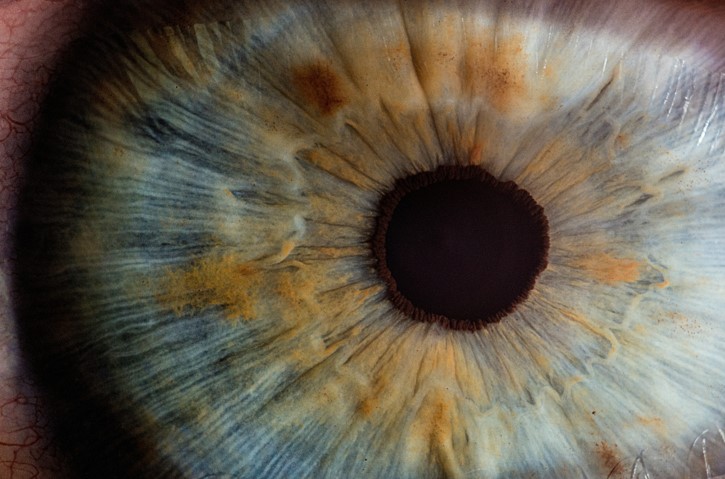
@ShahidNShah


Low vision is a condition that often leads to additional challenges and a diminished quality of life. Trust us when we say this: It’s more common than you may realize. In fact, according to the American Academy of Ophthalmology, over 7 million Americans experience low vision.
However, the future is brighter than ever before. Technological advancements are transforming eye care, providing innovative solutions for diagnosis and treatment. These breakthroughs offer hope for improved vision, disease prevention, and even vision restoration.
So, in this article, we delve into the cutting-edge technologies revolutionizing eye care and unlocking new possibilities for those with eye problems.
Surgical advancements in eye care have greatly improved how doctors treat conditions that affect our vision. One of the biggest changes in recent years is the use of LenSx lasers in cataract surgery. This technology uses a precise laser to make tiny cuts and soften the cataract. In contrast to traditional methods, this is safe and more accurate.
Additionally, the introduction of better intraocular lenses (IOLs) has made a big difference. These lenses, as highlighted by experts who perform cataract surgery at Chicago Cornea, are implanted in the eye during cataract surgery, replacing the cloudy lens caused by the cataract. These newer IOLs are designed to provide more focused vision and can even correct other vision problems at the same time. So. If you’re facing vision problems, consulting with an eye care specialist can help find the best treatment for you.
Understanding and treating eye conditions starts with accurate diagnosis. Traditionally, eye doctors used tools like the Snellen chart for vision testing and slit lamps to look closely at the structures of the eye.
Today, new technologies are making eye diagnoses quicker, easier, and more accurate. One of the most exciting developments is the use of AI-powered imaging. This technology uses artificial intelligence to analyze eye images in great detail. It can spot signs of diseases like diabetic retinopathy or glaucoma much earlier than traditional methods.
Apart from that, there is Optical Coherence Tomography, or OCT. It is a fantastic tool used by eye doctors to look closely at the eye. This technology works a bit like an ultrasound. But instead of sound waves, it uses light waves to create detailed pictures of the inside of the eye. This is especially helpful when spotting early signs of eye diseases like glaucoma, macular degeneration, and diabetic retinopathy. After all, early detection can stop the disease from getting worse.
Another exciting area of medicine is gene therapy. It has the potential to treat, and sometimes even cure, eye diseases that are passed down through families. These diseases were once considered untreatable, but thanks to gene therapy, there is new hope. This therapy works by fixing or replacing faulty genes, which are the tiny parts inside our cells.
One of the most promising successes of gene therapy in eye care is its use in treating a condition called Leber congenital amaurosis (LCA). This disease causes severe vision loss at birth or in early childhood. In recent years, researchers have developed a gene therapy treatment that has helped some children and adults with LCA see better than they ever could before.
Wearable technology is becoming a game-changer in monitoring and managing eye health. Devices like smart contact lenses and virtual reality (VR) headsets are at the forefront of this innovation. These gadgets are not just for tech enthusiasts; they offer real benefits for eye care.
Smart contact lenses are one example. They are designed to do more than help you see better. These lenses can measure the pressure inside your eye throughout the day. This is incredibly helpful for people with glaucoma, a condition where high eye pressure can lead to vision loss.
Apart from that, there are VR headsets. Often associated with gaming and entertainment, they are also stepping into the medical field. They are used to conduct visual field tests that are essential in diagnosing and monitoring diabetic retinopathy.
Teleophthalmology is a branch of telemedicine that’s changing the way eye care is delivered, especially for people living in remote areas. By using technology, doctors can now reach patients far and wide. This makes sure that everyone has access to the eye care they need.
One of the biggest advantages of teleophthalmology is virtual consultations. This means patients can talk to eye doctors over the internet. During these online visits, patients can discuss their symptoms and get advice without having to leave their homes.
Another benefit of teleophthalmology is remote monitoring. For people with chronic eye conditions like glaucoma, continuous monitoring is crucial. With new technology, doctors can keep an eye on their patients’ health from a distance.
As we’ve explored, the future of eye care is exciting, thanks to new technologies. These advancements are not just improving how we see but are also making it easier to get treatment and keep our eyes healthy. So, why wait? Pay attention to these innovations as they continue to make eye care better for everyone.

Chief Editor - Medigy & HealthcareGuys.
With increased scrutiny on healthcare and the cloud, it’s a good opportunity for those IT leaders to take another look at the 5 basic best practices for their infrastructure. Based on last year’s …
Posted May 23, 2024 Cloud, Network & IT Services Healthcare
Connecting innovation decision makers to authoritative information, institutions, people and insights.
Medigy accurately delivers healthcare and technology information, news and insight from around the world.
Medigy surfaces the world's best crowdsourced health tech offerings with social interactions and peer reviews.
© 2025 Netspective Foundation, Inc. All Rights Reserved.
Built on Apr 29, 2025 at 12:52pm